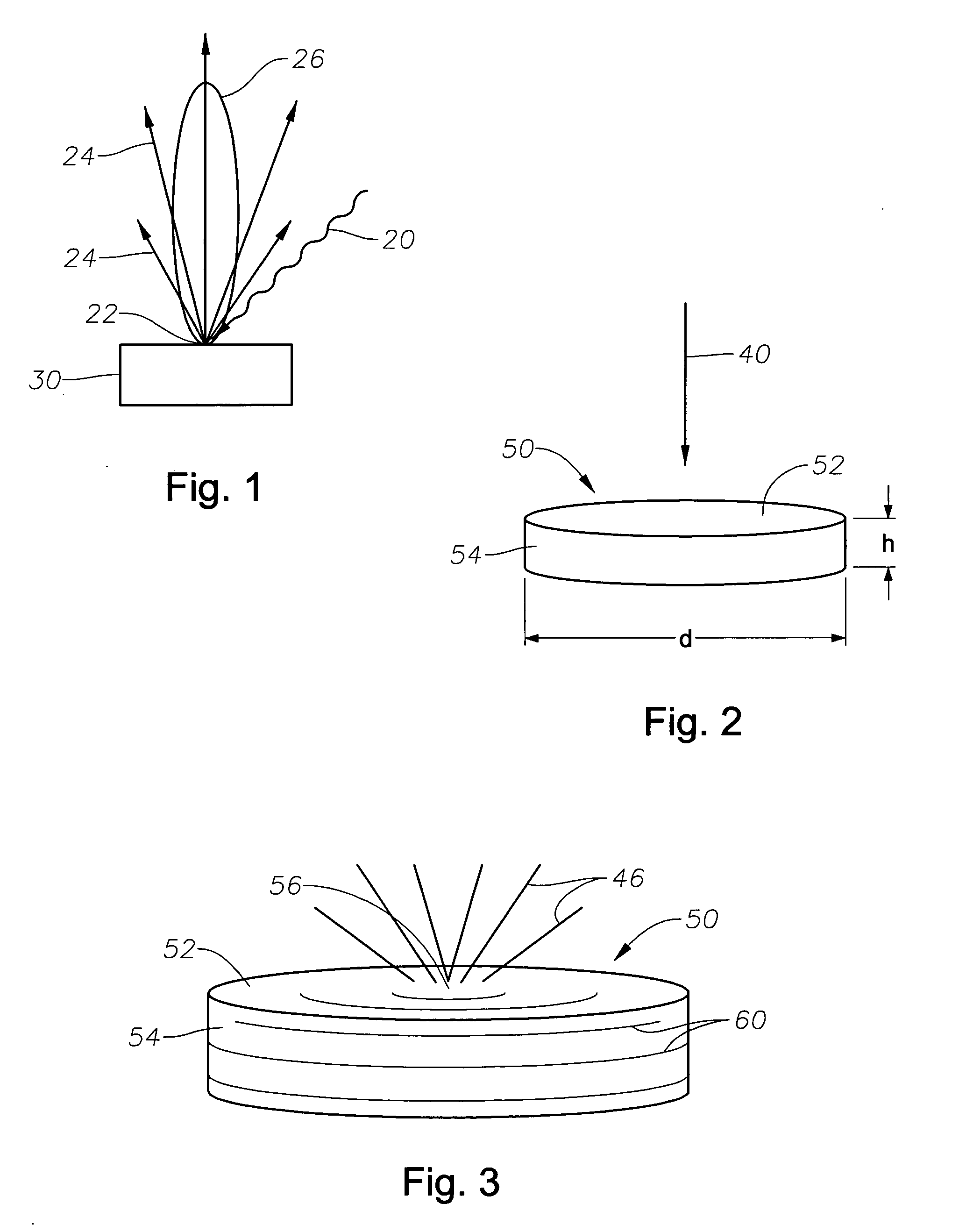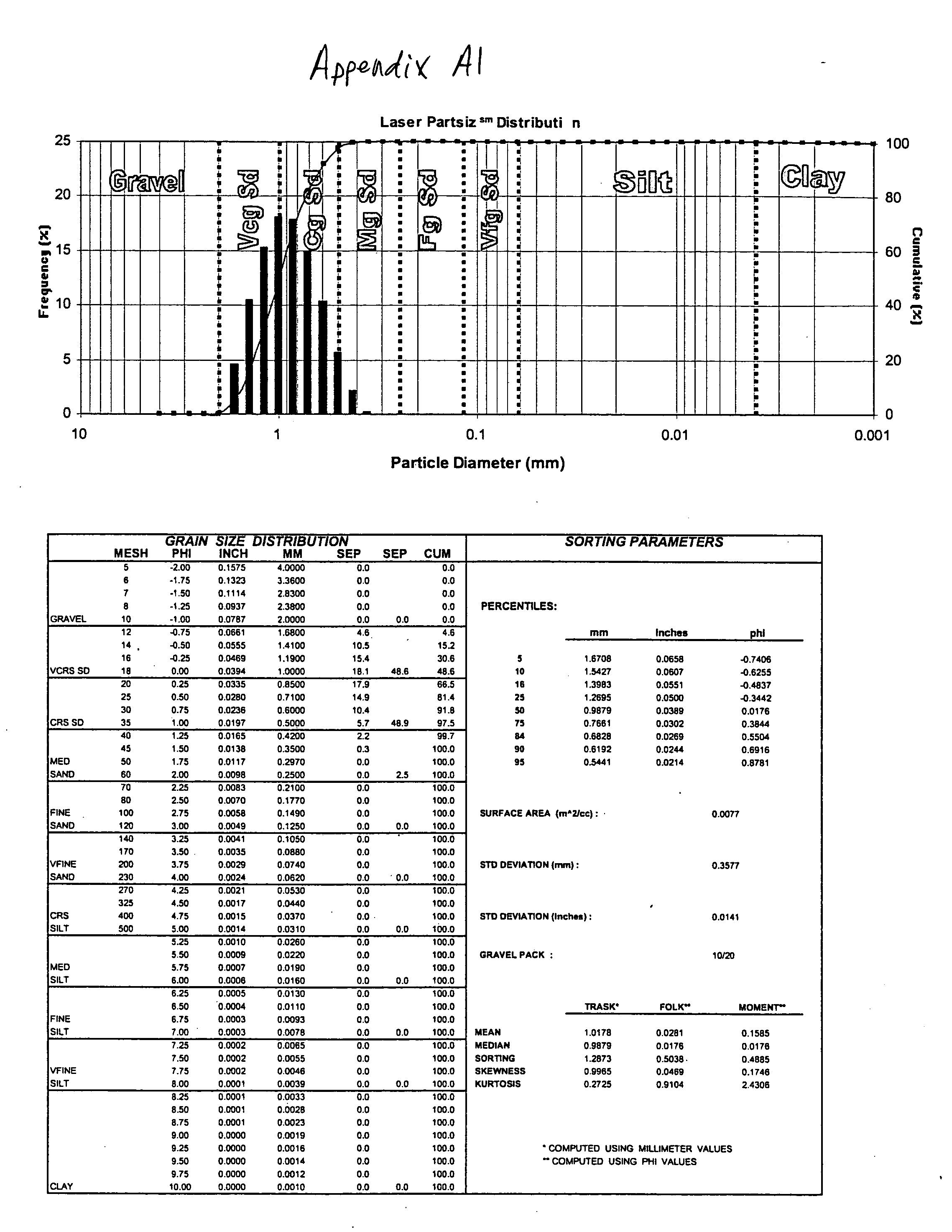Method for preparing and processing a sample for intensive analysis
a sample preparation and analysis technology, applied in the field of compositional analysis of a prepared sample, can solve the problems of destroying many samples produced via classical sem preparation methods, sample pellets undergo stress during the libs, and insufficient sem/xrf-type sample preparation, etc., to achieve accurate measurement, increase the structural integrity of the sample, and normalize the ablation
- Summary
- Abstract
- Description
- Claims
- Application Information
AI Technical Summary
Benefits of technology
Problems solved by technology
Method used
Image
Examples
Embodiment Construction
[0019] In accordance with a preferred embodiment of the invention, a process is provided for improved compositional or intensive analysis of samples subject to physical stress. In one aspect, the invention is directed to a process for pelletizing the sample that is to be subjected to compositional or intensive analysis. In another aspect, the invention is directed to the application of intensive analysis to the pelletized samples such that the pelletized sample maintains structural integrity and provides consistent ablation of the sample material throughout the intensive analysis.
[0020] In one embodiment of the invention, a method for homogenizing a raw sample is disclosed including measuring out a portion of the raw sample; measuring out a volume of a first solution; measuring out a volume of a second solution; combining the sample portion, the first volume, and the second volume to form a mixture; and grinding the mixture. The first solution may be an epoxy in a carrier solution,...
PUM
| Property | Measurement | Unit |
|---|---|---|
| mean diameter | aaaaa | aaaaa |
| particle diameter | aaaaa | aaaaa |
| volume | aaaaa | aaaaa |
Abstract
Description
Claims
Application Information
 Login to View More
Login to View More - R&D
- Intellectual Property
- Life Sciences
- Materials
- Tech Scout
- Unparalleled Data Quality
- Higher Quality Content
- 60% Fewer Hallucinations
Browse by: Latest US Patents, China's latest patents, Technical Efficacy Thesaurus, Application Domain, Technology Topic, Popular Technical Reports.
© 2025 PatSnap. All rights reserved.Legal|Privacy policy|Modern Slavery Act Transparency Statement|Sitemap|About US| Contact US: help@patsnap.com



